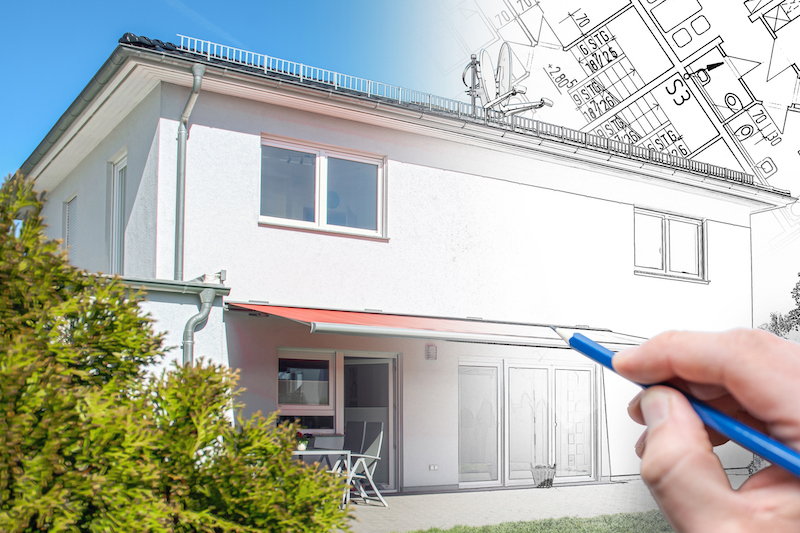Build to Rent Accelerates in New Construction

- The share of single-family rental (SFR) households in newly constructed properties is mirroring the emergence of build-to-rent construction.
- SFR’s market share signals room for continued growth.
- Build-to-rent SFRs have become a growing part of institutional strategy.
SFR Households Grow in New Properties
As covered in the Q4 2019 Single-Family Rental Investment Trends Report, the build-to-rent market has grown into the SFR sector’s primary means of elevating supply to meet demand. In 2019, 38,000 new SFR units were permitted for construction, according to a Chandan Economics analysis of Census Bureau data. Complementing data helps size-up the build-to-rent market and answers the question: What share of SFR households are in recently constructed properties?
The statistics indicate quantitative evidence of the growing prevalence of build to rent. For this analysis, recent construction is defined as properties built in the sample year or the year prior. Through 2018, 0.38% of SFR households were in new development.
The last time the share sat above its current level was in 2010, when the housing market was still experiencing oversupply and owners defensively transitioned new inventory into rentals. As recently as 2013, new construction accounted for just 0.17% of the entire pool of SFR households.
The share of SFR renters in recent construction has risen in each year since 2014. The most significant year-over-year share increase has occurred in recent years. An additional 0.08% of SFR households were living in newly built homes in 2018.
Nonetheless, the share of SFR households in new properties (0.38%) lags behind the averages in owner-occupied properties (0.94%) and multifamily rentals (0.71%), indicating significant potential to develop SFR properties.
SFR Continues to Evolve
The data reflects the growing presence of build-to-rent SFRs as an institutional strategy. Similar to multifamily in the past decade, SFR is evolving its own set of standardized amenities and differentiating the renter experience. As the SFR sector continues to grow, there will undoubtedly be a greater variety of supply in terms of price and quality.
The success of purpose-built rental communities and the undersupply of households in new inventory strongly suggest that SFR construction has considerable room to grow.
Arbor’s Chatter blog provides updated information on the latest trends in multifamily housing. Contact Arbor today to learn about our multiple financing options for your business goals.
Note: All data is sourced from a Chandan Economics analysis of the Census Bureau’s American Community Survey (ACS), unless otherwise stated. ACS statistics are sample-based estimates of the compositional profile of the total population in the given year of data collection. All estimates include a margin of error.

